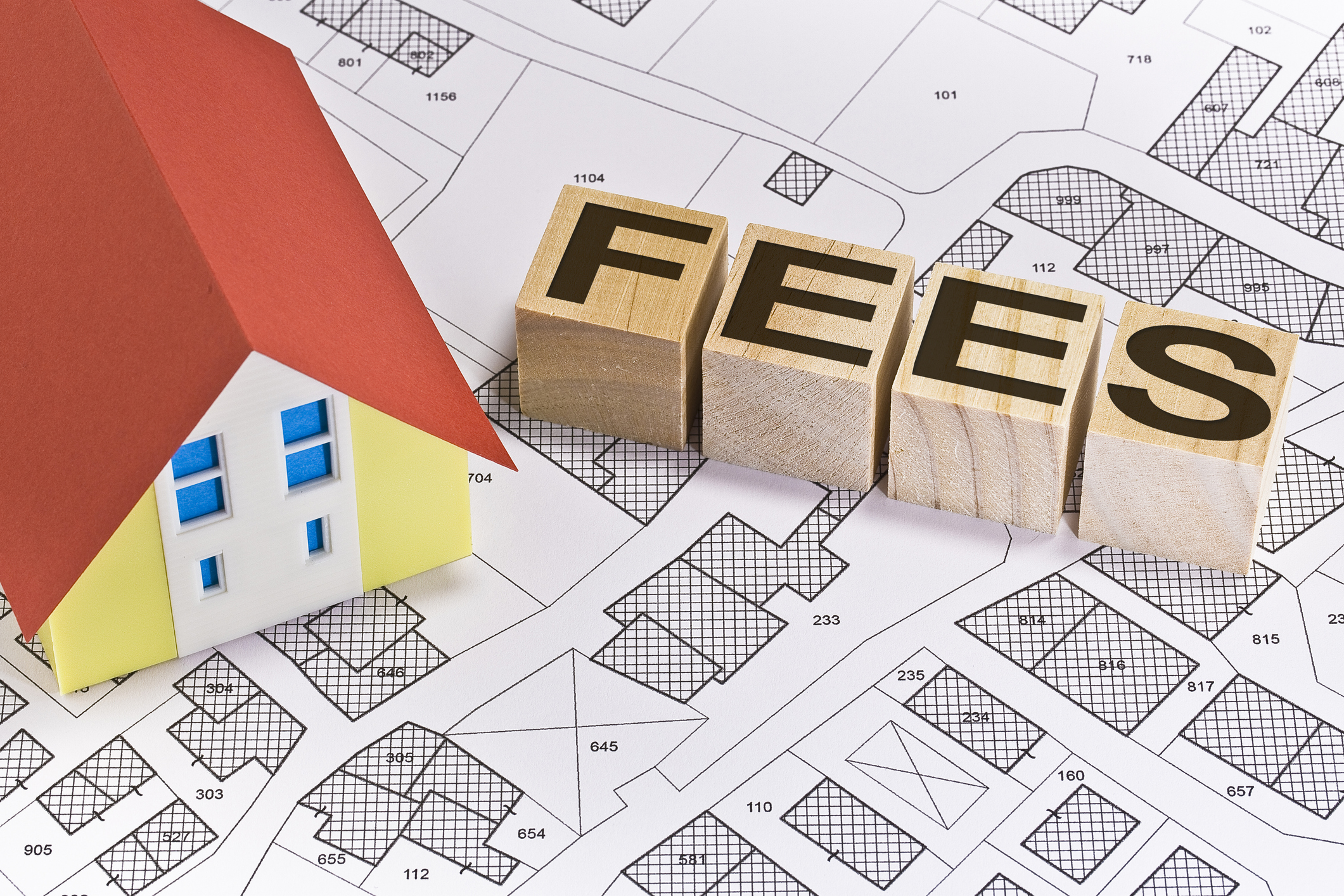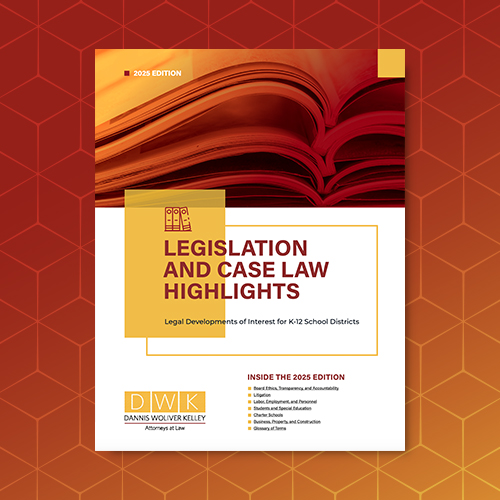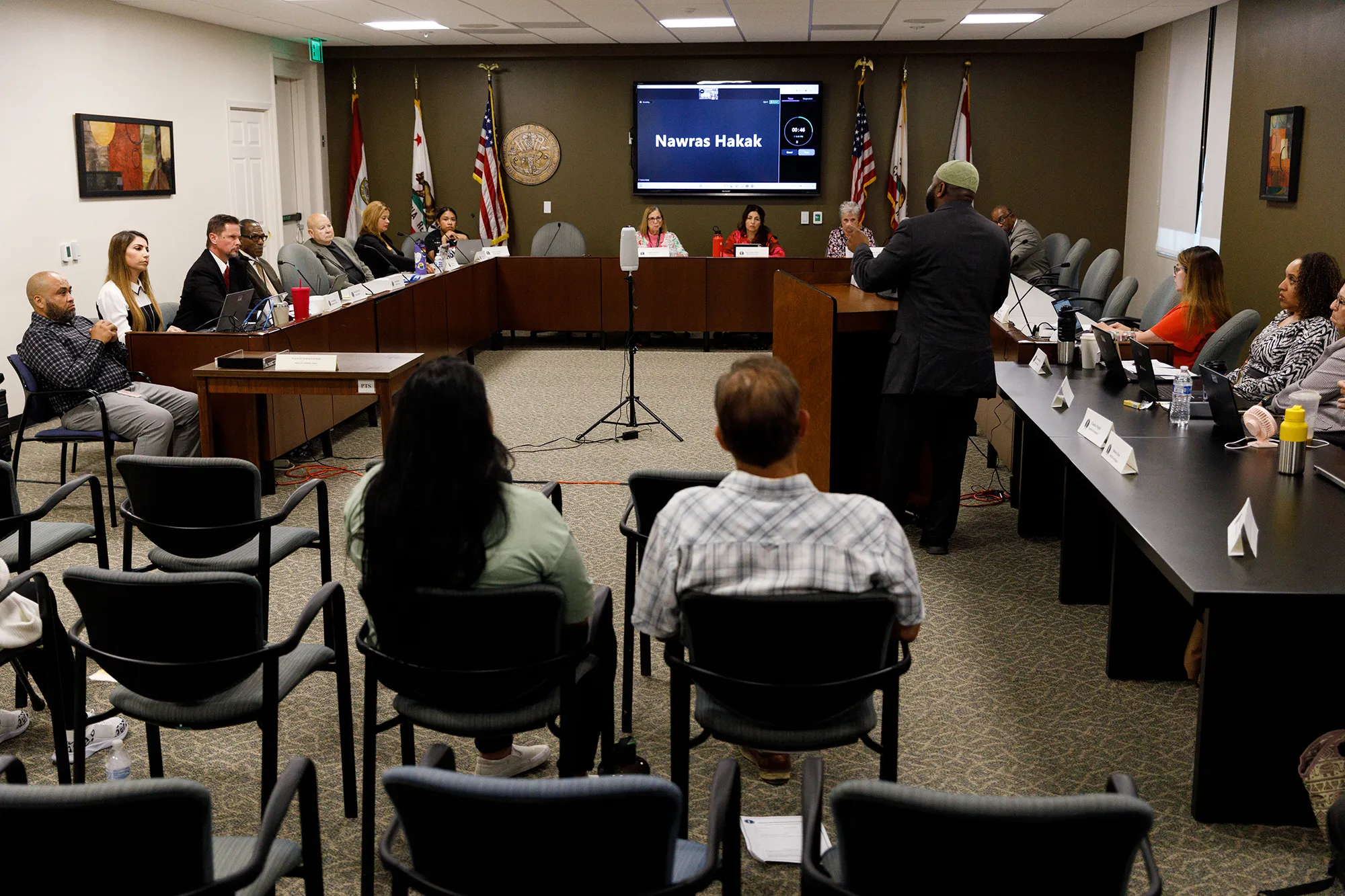Earlier this week, the United States Supreme Court in Mahanoy Area Sch. Dist. v. B. L., No. 20-255, 2021 WL 2557069 (U.S. June 23, 2021) held that a public school may not punish a student for her off-campus social media post which did not cause a “substantial disruption” of a school activity or a threatened harm to the rights of others. While the Supreme Court outlined situations in which schools may discipline students for off-campus speech, it found that in this particular scenario, punishment of the student for her use of profanity in a social media post, off campus and on a Saturday, violated the First Amendment right to free speech. In its first student speech decision of the Internet era, the Supreme Court set forth a fact-specific standard to determine where schools may act; accordingly schools should carefully review instances of off-campus speech on a case-by-case basis before imposing discipline.
Background
A Pennsylvania high school student, B.L., toward the end of her freshman year of high school, tried out for her high school’s varsity cheerleading squad (and as right fielder for a private softball team). Pertinent to this case, B.L. did not make the varsity cheerleading team but was offered a position on the junior varsity squad. That same Saturday, outside a local convenience store, B.L. and a friend took a picture of themselves holding up their middle fingers to the camera. B.L. then posted that picture to her Snapchat phone app in “stories” with the caption, “F*** school f*** softball f*** cheer f*** everything.” The “story” was originally only shared with B.L’s approximately 250 Snapchat friends. However, at least one of those friends captured the story and shared it with others, including another student on the cheerleading team whose mother was a coach for the team. This student showed the image to her mother.
Other members of the team allegedly approached the cheerleading coaches visibly upset by the Snapchat story and after discussing the matter with the school principal, the coaches decided that because the post used profanity in connection with the school extracurricular activity, it violated team and school rules and that B.L. would be suspended from the JV cheerleading team for her sophomore year. Even after apologizing for her Snapchat story, the school’s athletic director, principal, superintendent, and school board, all affirmed B.L.’s suspension which prompted B.L., with her parents, to file a lawsuit against the school district. Both the federal district court and court of appeals found in favor of B.L., with the court of appeals going so far as to hold that there were no instances in which a school could discipline a student for off-campus speech.
Decision
The Supreme Court found that the B.L.’s off-campus, weekend, Snapchat story had not caused substantial disruption or threatened the rights of others at the school and therefore the infringement on B.L.’s free speech could not be justified. In its decision, the Supreme Court chose not to specifically list every circumstance in which a school may regulate student off-campus speech, but did emphasize that in most circumstances off-campus speech should not be restricted by schools for three reasons: (1) a school, in relation to off-campus speech, will rarely stand in loco parentis – i.e. as standing in place of the students’ parents; (2) the ability to regulate both on-campus and off-campus speech subjects students to 24-hour school regulation of their speech, and thus courts should be more skeptical of a school’s effort to regulate off-campus speech, and; (3) schools have an interest in protecting students’ unpopular expressions as public schools are America’s “nurseries of democracy”.
However, it must be noted that the Supreme Court specifically contemplated that there are instances in which schools are justified in regulating students’ off-campus speech during non-school hours. The Supreme Court noted this may be appropriate in cases of “serious or severe bullying or harassment targeting particular individuals; threats aimed at teachers or other students; the failure to follow rules concerning lessons, the writing of papers, the use of computers, or participation in other online school activities; and breaches of school security devices.” In this way, the Supreme Court disagreed with the court of appeals which had suggested schools lacked authority to discipline students for off-campus speech.
In ruling on B.L.’s Snapchat story, specifically, the Supreme Court found that although vulgar, nothing about the speech placed it outside the First Amendment’s ordinary protections. Further, the Snapchat story appeared outside of school hours and off school grounds, and the level of disruption to the school site was limited in scope. It also did not specifically identify the school or target any member of the school community with the vulgar language. Finally, the Snapchat story was made on B.L.’s private phone and intended to be directed only to her Snapchat friends. These factors diminish the school’s interest in punishing B.L.’s speech – that is despite the realized risk in this case that the speech was shared with greater audience of students including other members of the cheerleading team.
The Supreme Court also explained that the school district’s three main concerns for punishing B.L.’s speech did not, in fact, justify the school’s actions. First, the school’s stated interest in teaching good manners and consequently in punishing the use of vulgar language aimed at part of the school community was diminished greatly because the Snapchat story was posted at a time and place where the school was not acting in loco parentis and thus could not overcome B.L.’s interest in free expression. Second, the school failed to present evidence to support its contention that in punishing B.L. it was trying to prevent a disruption within the bounds of the school-sponsored extracurricular activity of cheerleading. Here, the Supreme Court relied on Tinker v. Des Moines Indep. Comm. Sch. Dist. (1969) 393 U.S. 503 to determine that to support this argument and justify the school’s punishment, the school was required to, but could not, demonstrate a “substantial disruption” of a school activity or a threatened harm to the rights of others. Third, the school’s contention that B.L.’s punishment was justified to achieve the school’s goal of preventing a decline in team morale was only supported by minimal evidence and subject to the same analysis under Tinker. Such impact or interference with the morale of the team must have been substantial, which the school could not demonstrate.
Impact
Student activity on social media and other internet use is pervasive and increasingly part of nearly every aspect of students’ life. As schools have been forced into remote settings due to the COVID-19 pandemic, the cross-section between students’ private use of technology, and that used for school activities may at times be blurred. Although in this specific case, the Supreme Court found that the schools’ regulation of a student’s speech during the weekend and off school grounds was improper, the decision provides some guidance when a school may or may not regulate student speech on social media. This is likely an area of law that will develop over the coming years and in light of continued reliance on technology for both students and schools, alike. What is made clear here is that schools and school districts should exercise caution in punishing students’ speech off-campus and/or outside of school hours, but that punishment may be appropriate if the school can demonstrate that such speech caused a substantial disruption of a school activity or a threat of harm to the rights of others and/or violates the student code of conduct in specific ways. Based upon this ruling, Districts will have to continue to review instances of off-campus speech on a case-by-case basis as the Supreme Court did here.
If you have any questions about student discipline or First Amendment concerns, please do not hesitate to contact a DWK attorney in our Students and/or Litigation Group.



